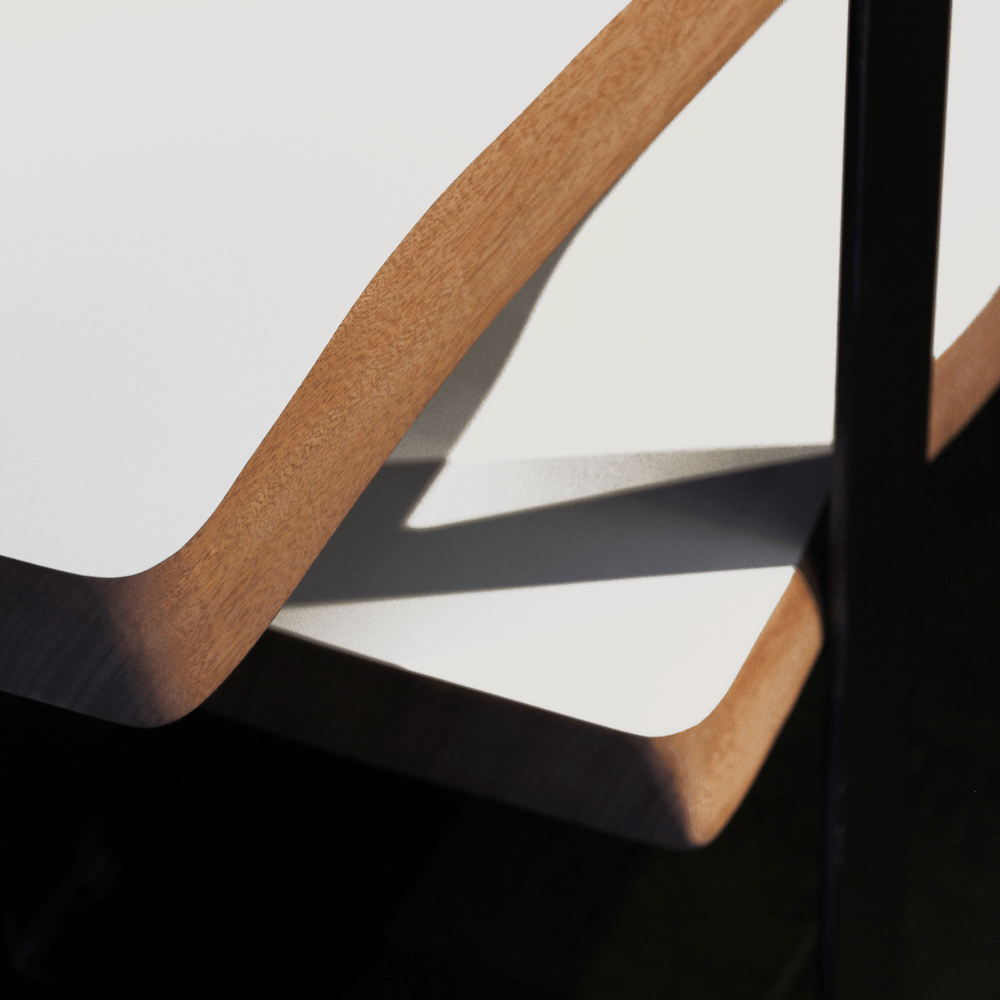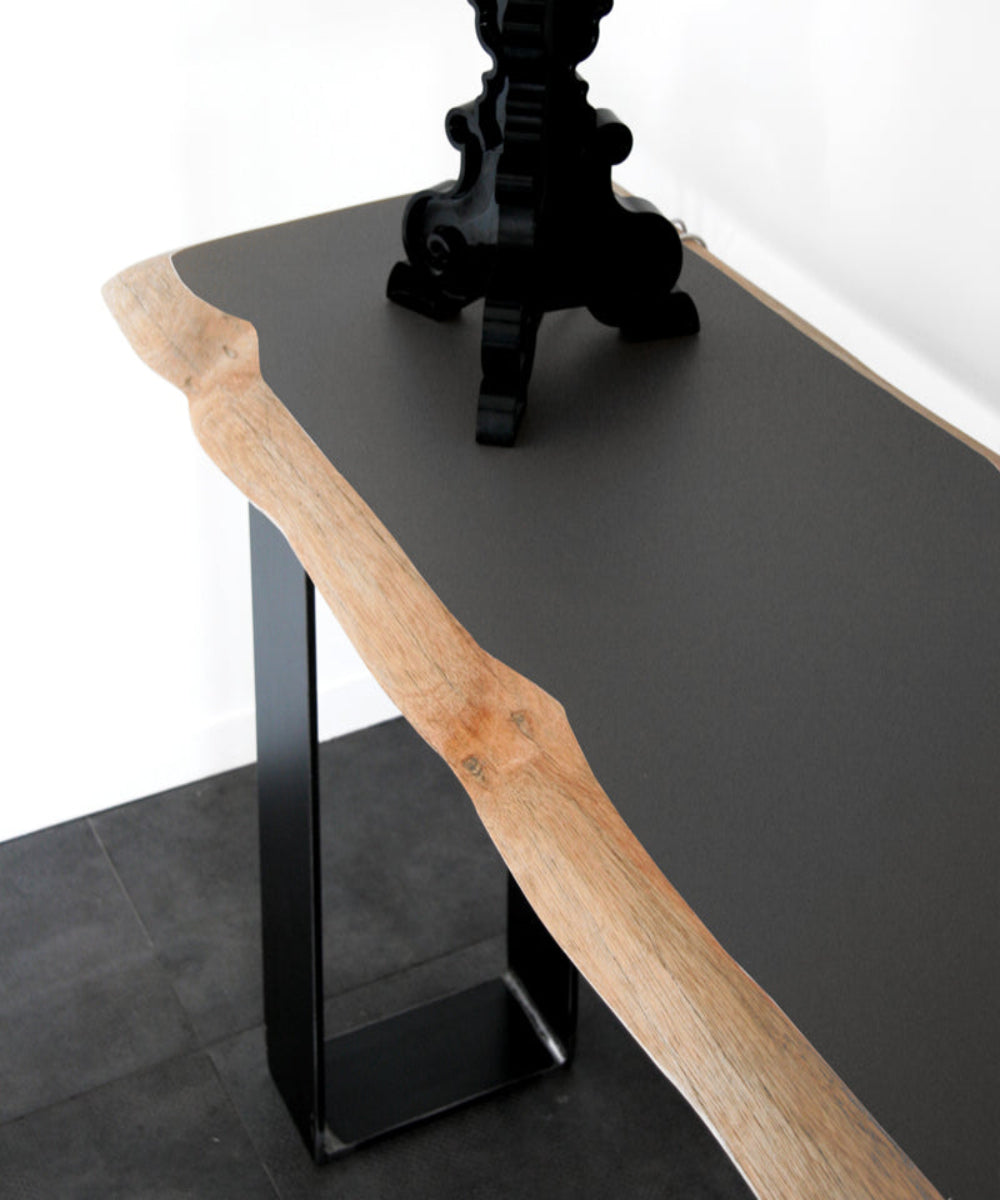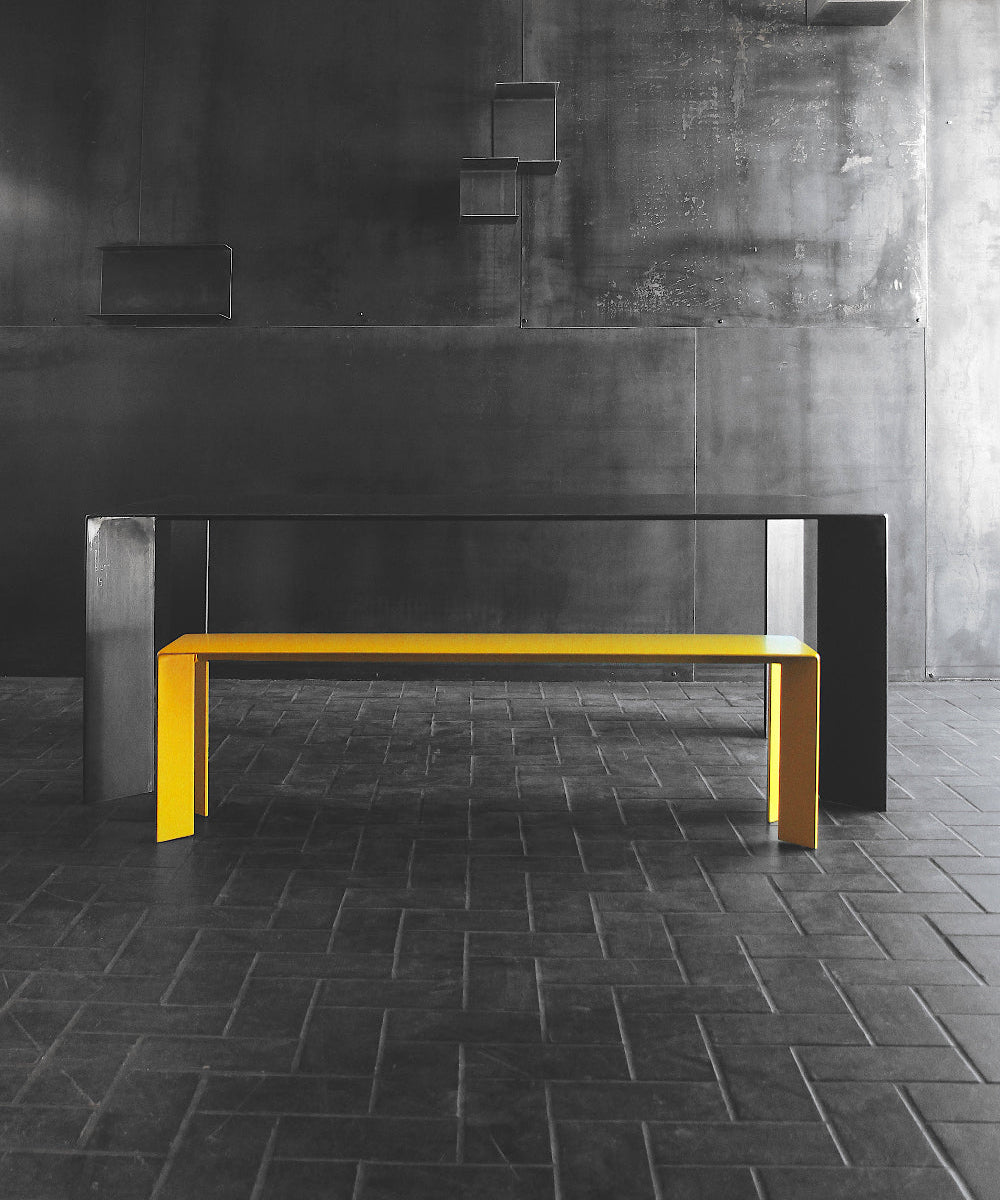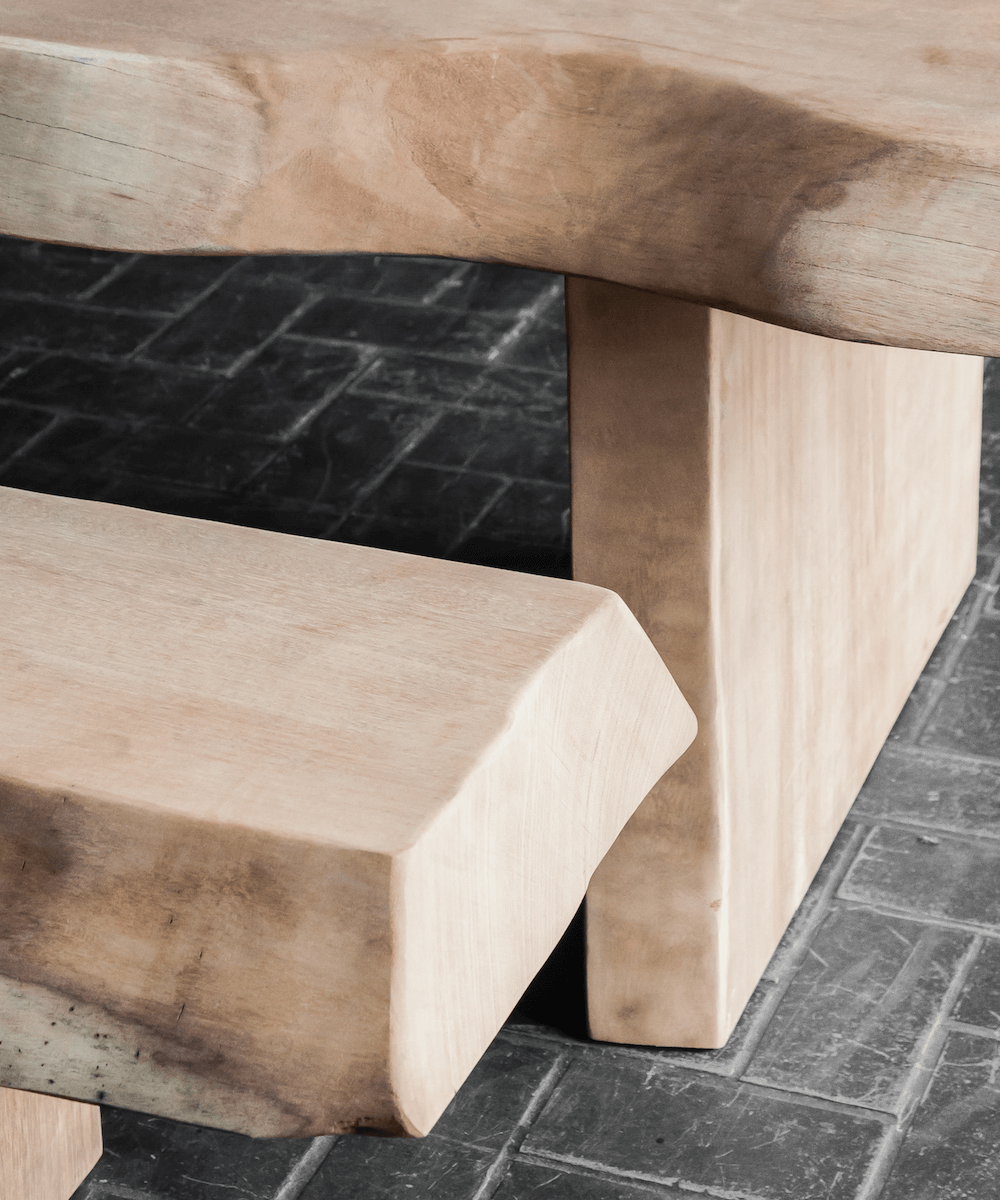Collectible design is a relatively recent trend that merges the worlds of design with art and the collectibles market. It refers to the creation of unique or limited-edition objects, often produced in small batches, which, while functional, are primarily intended to be collected rather than used utilitarianly. This phenomenon is particularly popular in the fields of furniture, lighting, decorative objects, and more recently in fashion and digital objects like NFTs. This movement and this name are directly linked to our corporate culture at Blunt France.
"Collectible design transcends the functional object to become a work of art, a fusion of rarity, craftsmanship, and innovation. It's a way of transforming the ordinary into a unique sensory experience, while telling a story."
The concept of collectible design originally emerged in the 2000s, in the context of the rise of contemporary art and the rise of new creators and designers who rejected the traditional norms of globalized industrial production methods. This movement distinguishes itself from mass production by its search for uniqueness and exclusivity. Objects are often designed by renowned designers, artists, or even experienced artisans who, through their name or aesthetic, add additional value to the object.
One of the first notable examples of this trend was the emergence of pieces by designers like Marc Newson and Ron Arad, who began producing objects that were both functional and artistic, in limited quantities. These objects were not simply decorative items; they were also part of an artistic process, bringing cultural and emotional value to the object.
Produced in our Biarritz workshops since 2006, the Blunt France collections fully incorporate this vision. Each piece is made to order and hand-signed with the year of design.












